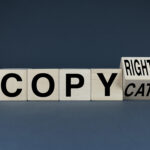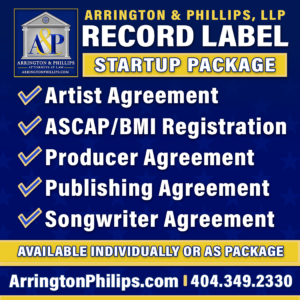Say you want to use someone else’s copyrighted photograph in your blog or Instagram post. Is that “Fair Use” or copyright infringement? The answer is, it depends on the nature of the use, and the purpose of the use.
The Fair Use provisions of the Copyright Act allow you to copy and use copyrighted material for specific purposes — including criticism, comment, news reporting, teaching, scholarship, or research — that serve the public interest as determined by four factors:
-
The purpose and character of the use, including whether such use is of a commercial nature or is for nonprofit educational purposes.
-
The nature of the copyrighted work.
-
The amount and substantiality of the portion used in relation to the copyrighted work as a whole.
-
The effect of the use upon the potential market for or value of the copyrighted work.
Often, determining Fair Use is a no-brainer. If you’re writing a book review, you need to quote from the book in question in order to comment upon it. As a result, you have transformed the original copyrighted work into a new work in your book review.
Similarly, educational institutions can use photocopies of copyrighted work for students enrolled in a class, so long as the copying is limited to:
-
A chapter from a book.
-
An article from a periodical or newspaper.
-
A short story, short essay or short poem, whether or not from a collective work.
-
A chart, graph, diagram, drawing, or picture from a book, periodical, or newspaper.
What are the limitations of Fair Use?
There are limits to how much of a work can be copied for educational purposes. You also can’t use these photocopies as a substitute for required texts. In addition, you can’t charge for the photocopied work (except to recoup the costs of photocopying), and use of the copies by students cannot be mandatory.
In cases like these, Fair Use seems simple enough. They have served the public interest and have not harmed the market for the original work. In fact, book reviews and book excerpts often increase sales of the original work by publicizing them.
But sometimes Fair Use is harder to judge. In a major 1973 Supreme Court case, the justices decided that even though copying and distributing medical journal articles for free to nonprofit government research libraries reduced sales to the journals’ publishers, the benefit to the public outweighed the harm to their business.
Other Cases
There are also times when determining Fair Use is a real head-scratcher. Take the case of New York “appropriation artist” Richard Prince whose work consists of taking the work of others, modifying it in some way, and then selling it — often for hundreds of thousands of dollars. As you might imagine, he’s had several run-ins with copyright law in the past. In 2015, he was sued for adding a few emojis at the bottom of other people’s Instagram posts, taking screen-grabs, blowing them up in size, and then selling them for up to $100,000.
Does adding a few emojis to someone else’s Instagram post pass the “transformation” test required for Fair Use, or is the only transformation here one that turns the original poster’s creative work into Richard Prince’s profit? What do you think?
Want to Learn More About Fair Use and Other Intellectual Property Topics?
Protecting innovations and creative work is more crucial than ever in today’s Knowledge Economy. As a solution, “Intellectual Property: Inventors, Entrepreneurs, Creators” teaches the basics of IP to ordinary citizens, making IP accessible to everyone, not just lawyers and CEOs. Sign up for the FREE course on Udemy now and earn a certificate upon completion!
This is Part 8 of our ‘Basics of IP’ blog series. You can find Parts 1, 2, 3, 4, 5, 6, and 7 here. The following has been adapted from “Is it Fair Use or Infringement?”, a Michelson IP animated short.
Article Source: What is Fair Use and When is it Infringement? – Michelson IP









